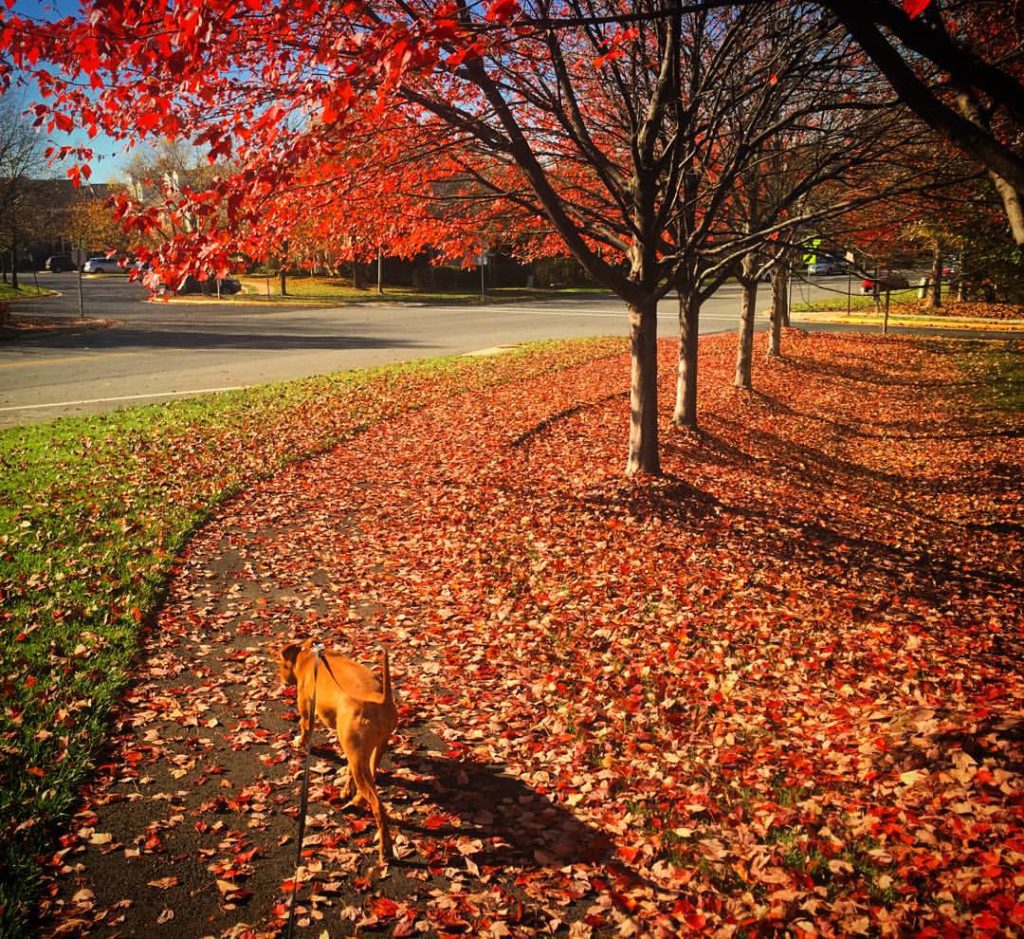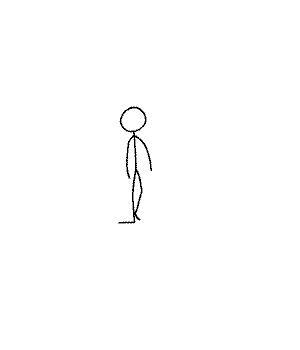We’re currently in the process of writing a transformation guide. This sucker is going to be awesome—and yeah, I’m totally biased—but seriously. It’s going to cover 5 game-changing topics: Mindset, Training, Recovery, Nutrition, and Community. Today’s post provides a preview of a piece from the recovery section..Enjoy!.– Chris
“In every walk with nature, one receives far more than he seeks.” — John Muir
 Here in Loudoun County, Virginia, we have an incredibly expansive network of paved trails that meander between neighborhoods and through wooded areas. Beside many of the paths, small streams tumble over rocks and bend through the woods as the paths do, setting a relatively serene environment in the nooks between the hustle of row houses and four lane roads. Just about every suburban neighborhood and development in the county has these paths, giving all of the residents here ample opportunity to get out and take a walk.
Here in Loudoun County, Virginia, we have an incredibly expansive network of paved trails that meander between neighborhoods and through wooded areas. Beside many of the paths, small streams tumble over rocks and bend through the woods as the paths do, setting a relatively serene environment in the nooks between the hustle of row houses and four lane roads. Just about every suburban neighborhood and development in the county has these paths, giving all of the residents here ample opportunity to get out and take a walk..
From mood improvement to recovery from more intense exercise, taking a walk does a human being a great deal of good. It’s one of those aspects of recovery, and overall well-being, that just seems so simple that we gloss over it—or we only do it when the weight of our stress is bearing down on us. Regular walks, however slight their impact may seem, are an important part of a well-rounded exercise recovery and stress management strategy.
.
This is Your Brain on Walks
 A forty-minute walk, regardless of the setting (unless you’re somewhere that you feel completely unsafe), improves feelings of positive emotion and dampens feelings of negative emotion. Add in some nature-esque space and the positive affect increases—that’s what a study published in the journal Applied Psychology: Health and Well-Being found. Add a friend into the mix, and your brain gets even more positive (Johansson, Hartig, & Staats, 2011). Walking just makes us feel better—and getting our minds into a better place goes a long way toward improving our recovery from the strain and struggle of the gym.
A forty-minute walk, regardless of the setting (unless you’re somewhere that you feel completely unsafe), improves feelings of positive emotion and dampens feelings of negative emotion. Add in some nature-esque space and the positive affect increases—that’s what a study published in the journal Applied Psychology: Health and Well-Being found. Add a friend into the mix, and your brain gets even more positive (Johansson, Hartig, & Staats, 2011). Walking just makes us feel better—and getting our minds into a better place goes a long way toward improving our recovery from the strain and struggle of the gym..
Remember all that stillness stuff we talked about? Believe it or not the act of moving, well, walking, through “green spaces” can help us with that. Walking through nature helps our brain shift into a more meditative state (Aspinall, Mavros, Coyne, & Roe, 2015). So, if sitting still to get your stillness doesn’t appeal to you, taking a walk outside can give you the same effect.
.
Beyond feelings of positive emotion and promoting meditation, walking improves our creativity. In four different experiments conducted at Stanford University, participants were asked to complete different measures of creativity while either walking or sitting in different environments. The outcome of all of the experiments were resoundingly in favor of walking. Take a walk outside, and you have a better chance of improving the quality and novelty of your ideas. A theory is that walking helps us use our associative memory while limiting executive control (Oppezzo & Schwartz , 2014). Essentially, it helps us get out of our own way by limiting our need to control our thoughts and just letting our brain do its thing. Most of us, in this modern era, have to use our brains creatively for work. The ability to tap into our creativity and produce greater quality, and quantity of work, can improve our lives in a multitude of ways—by limiting the stress we feel to create and also by allowing our creative output to gain us more resources.
.
The brain was made to move, so it’s no surprise that walking has such a positive effect on our emotions and improves the way that our brain functions. So, if you have a treadmill in the basement, get down there and use that sucker for a little while a few times per week. Better yet, get out on the paths that go through some of the beautiful scenery that Loudoun County has to offer. You’ll feel better, Zen out a bit, and be better able to tap into your creativity.

References
Aspinall, P., Mavros, P., Coyne, R., & Roe, J. (2015). The urban brain: analysing outdoor physical activity with mobile EEG [Abstract]. British Journal of Sports Medicine ,49(4), 272-276. Retrieved October 11, 2017, from http://bjsm.bmj.com/content/49/4/272.info
.
Johansson, M., Hartig, T., & Staats, H. (2011). Psychological Benefits of Walking: Moderation by Company and Outdoor Environmentaphw_1051 261..Applied Psychology: Health and Well-Being,3(3), 261-280. doi:doi:10.1111/j.1758-0854.2011.01051.x
.
Oppezzo, M., & Schwartz, D. (2014). Give Your Ideas Some Legs: The Positive Effect of Walking on Creative Thinking. Journal of Experimental Psychology: Learning, Memory, and Cognition ,40(4), 1142-1152.
